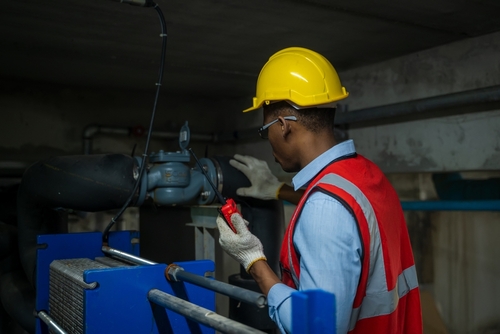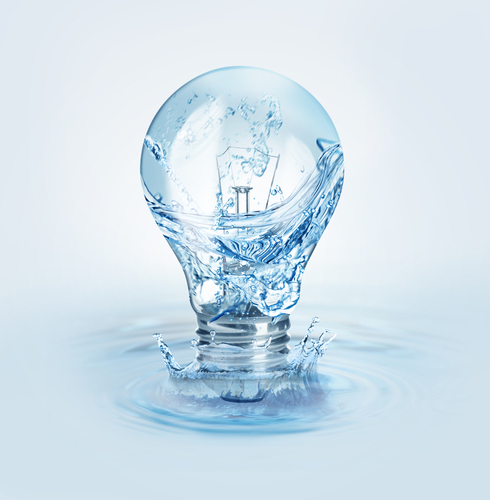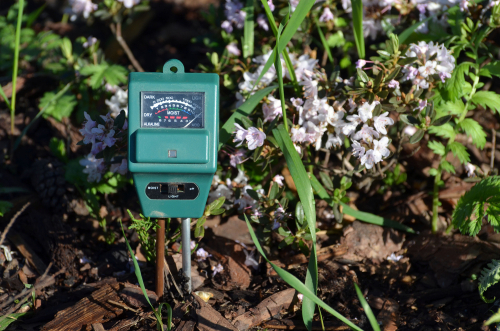Quick Wins Checklist
Download and use this checklist to implement quick wins that will help in reducing water usage, make your business more resource efficient, and save money.
You can edit the checklist to tailor it to your business requirements.Download and use this checklist to implement quick wins that will help in reducing water usage, make your business more resource efficient, and save money.
You can edit the checklist to tailor it to your business requirements.These efficiency methods can provide immediate cost and water savings without major capital investments. By implementing a combination of these strategies and maintaining a commitment to water conservation, organizations can make meaningful progress towards reducing their consumption and associated costs.
Optimization, or making the most of your current water uses, is an easy way to help reduce your overall consumption. This means ensuring that where water is used on site, efforts have been made to minimize this use. Here are some examples:

Installing controls to existing equipment can be another avenue to driving water savings and can be implemented on both process equipment using water as well as taps in bathrooms and kitchens.
Ensuring that equipment is replaced with upgraded variants or models that require less water to deliver the same function at the end of their service life should be considered to ensure the gradual shift to more sustainable operations. This may require engagement with your facilities management or procurement teams to ensure the required standards and product specifications are highlighted when sourcing replacements.



Reclaiming water for reuse on site can help reduce consumption by intercepting water prior to it leaving through plugs or drains and recirculating it for additional uses within the facility.
Download this action plan to track your progress against water efficiency objectives.